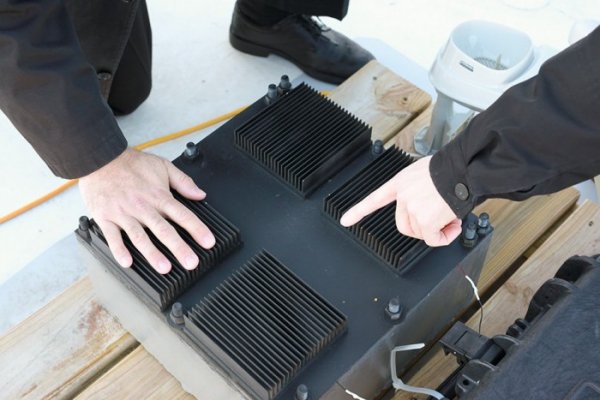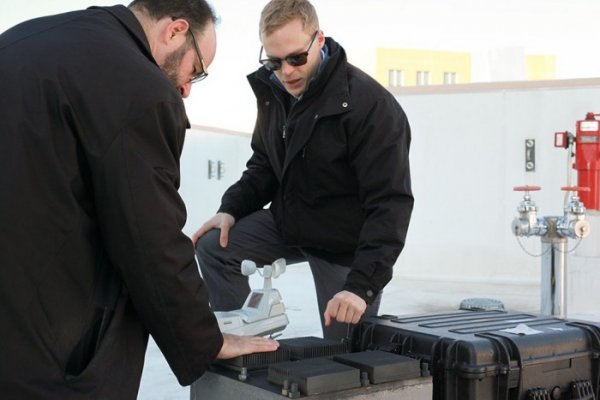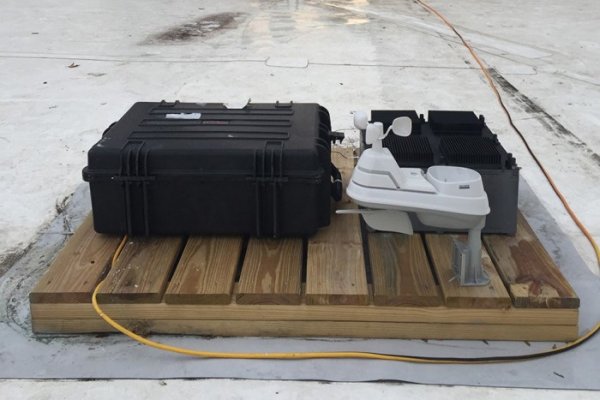A research group at the Massachusetts Institute of Technology developed a device called a thermal resonator that can produce electricity using a gradual change in ambient temperature throughout the day. Scientists have been experimenting with how to use temperature fluctuations as an energy source for many years. Most of these devices work on the principle of thermoelectricity, which means that they use the temperature difference across the material to produce electricity. As heat flows from the hotter side to the cooler side, charge carriers flow with it and create a voltage difference, generating electricity in the process. However, in all these applications, the temperature difference needs to be considerable. Now, new technologies gradually fluctuate more gradually over a longer period of time, enabling them to work with natural changes in temperature throughout the day. This is called the thermoelectric effect. One of the authors of the study, Michael Stellano, said: "We basically invented this concept with a whole piece of cloth. "We made the first thermal resonator that can be placed on the table and never Wherever energy is generated, we are always surrounded by temperature fluctuations at different frequencies, all of which are untapped energy sources. †The active part of the thermal resonator is a foam made of copper or nickel, and a phase change wax (called octadecane) is injected which liquefies and solidifies at certain temperatures. The foam mixture is coated in a layer of graphene, which is an excellent thermal conductor. In summary, the specific combination of this material allows the device to have very high thermal expansion, which means that it can effectively absorb and release heat into the surrounding environment. Basically, heat is trapped on one side of the device and slowly radiates through the material to the other side and is stored in the middle phase change material. Since one side of the material is always cooler than the other side, the heat will move back and forth as it attempts to establish equilibrium. A conventional thermoelectric system can then be used to collect this energy. The researchers tested a sample of this material in 16 days. During that time, with daily temperature fluctuations of up to 10°C (18°F), the system was able to turn on the power, generating 350 millivolts and 1.3 milliwatts. Its performance exceeds the same specifications of pyroelectric materials. The researchers said that the system is capable of running low power, remote sensors and devices without worrying about batteries. And because it uses the fluctuation of the ambient temperature, it is not bound by the elements such as solar energy or wind energy. Wrought Iron Balcony Railing,Wrought Iron Railings,Iron Railing,Metal Railing MINGYI METAL CRAFTS CO.,LIMITED , https://www.mingyi-ironware.com

